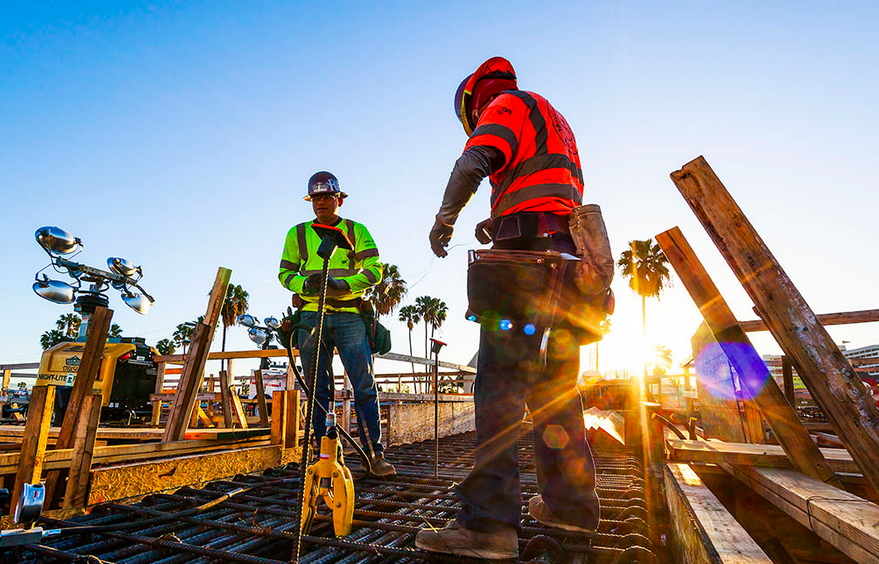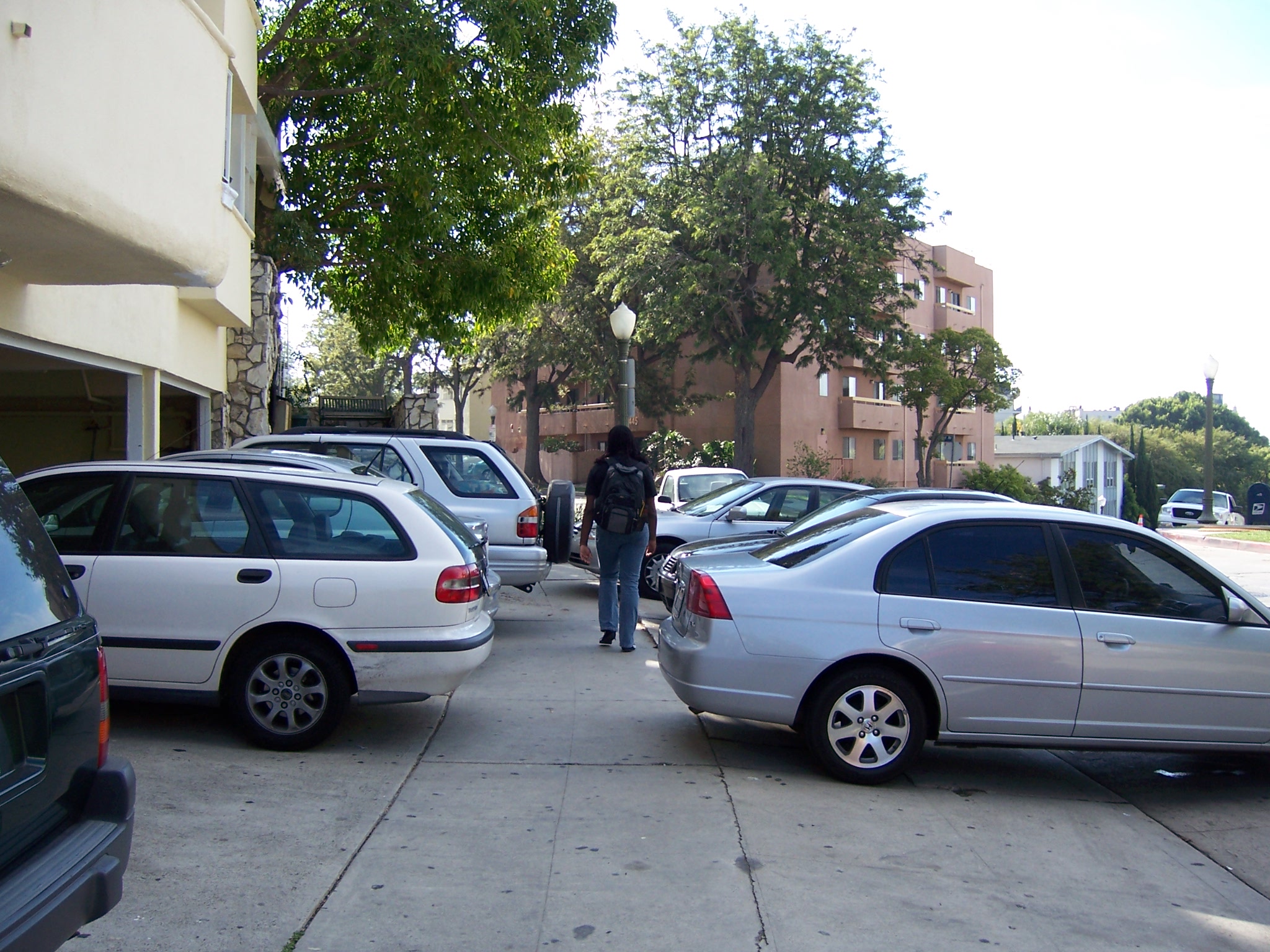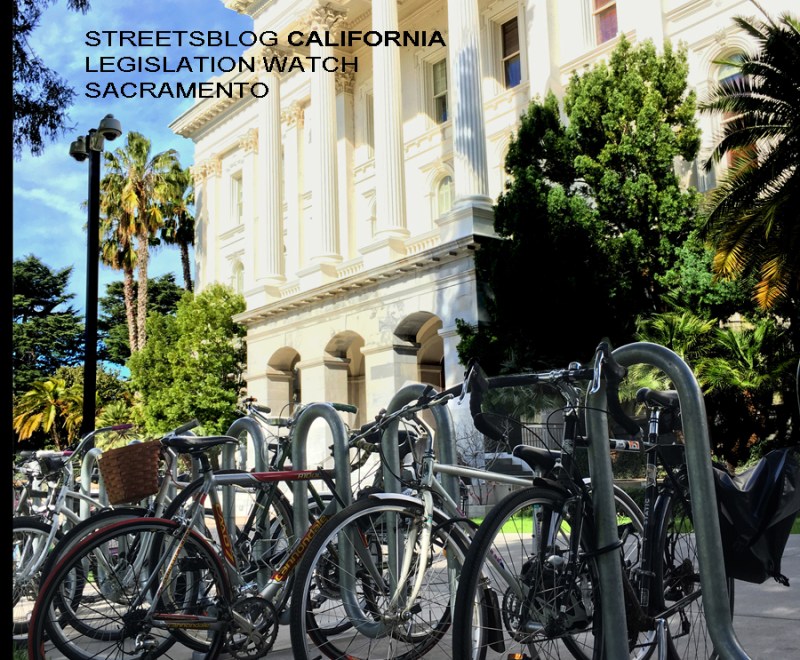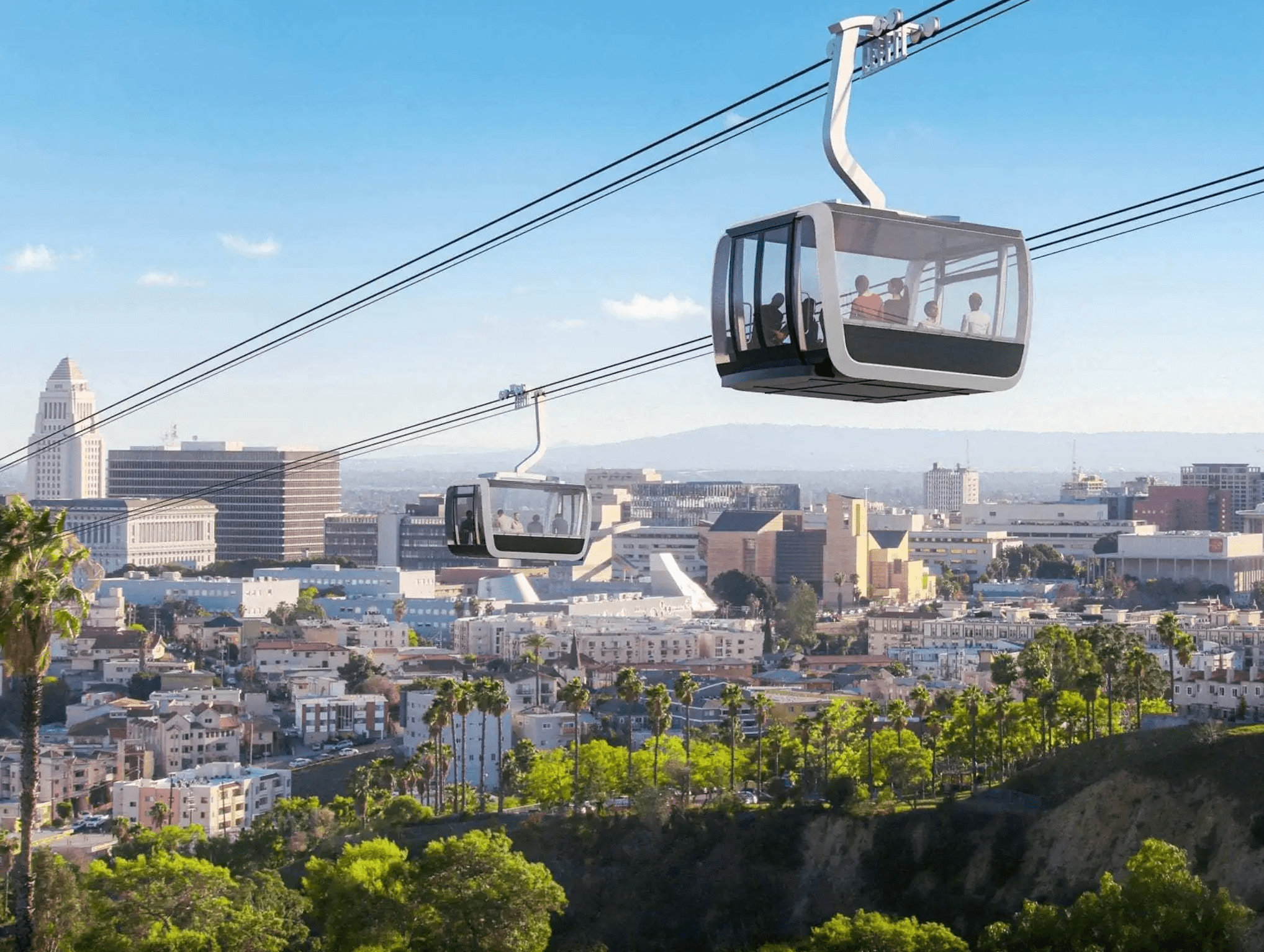(The following is a reader submitted op/ed. It may or may not reflect the opinions of Streetsblog/Streetsblog California. - DN)
After a particularly divisive election season, it is heartening to see an issue unite a diverse cross-section of the public—the vital need to invest in our ailing transportation infrastructure. In November, California voters approved five major transportation improvement measures. At the federal level, President-elect Donald Trump has called for “a very large-scale infrastructure bill” to rebuild the country’s roads, bridges, and airports.
The prospect of a formidable infusion of federal and state/local dollars offers California the opportunity to upgrade our transportation infrastructure for the future. However, we must invest those infrastructure dollars strategically if we are to achieve the meaningful gains that Californians deserve—in jobs, economic growth, global competitiveness, and quality of life. By rethinking our transportation priorities and approaches, new spending can help us leapfrog to a new level of performance, rather than merely catch up to where we should have been all along.
Here are a few ideas to help ensure that California achieves the greatest benefit from transportation spending:
- Prioritize projects transparently. When spending large sums of public money, preserving taxpayers’ trust is critical. One way to do this is by removing politics from the prioritization of projects. Some states have adopted data-driven scoring models to standardize and rationalize decision making, prioritizing projects based on how well they ease congestion, improve economic development, provide access to jobs, enhance safety and environmental sustainability, and use land efficiently. For regions facing rapid urbanization, this may mean focusing more attention on rail- and transit-oriented development, which are vital modes for residents to get around conveniently and affordably, and key means of alleviating highway congestion. HNTB’s America THINKS survey last year found that three out of four Americans would support changes in land use or zoning regulations for the sake of transit development. This demonstrates a shift in the way people think about alternative transportation as a primary rather than an auxiliary travel method.
- Deliver projects more efficiently. Many large, complex transportation projects are now delivered by the design-build method. For example, Caltrain took a design-build approach to its Peninsula Corridor Electrification Project, a complex undertaking designed to increase ridership capacity while reducing greenhouse gas emissions and environmental impacts. Design-build brings designers and contractors together under a single contract at the beginning of a project. By comparison with the traditional design-bid-build method, this tends to spur innovation, create economies of scale, speed the timeline, and lower costs.
- Innovate before constructing. Before tackling congestion by widening highways, we should consider more potentially cost-efficient approaches. For example, we can consider allowing the temporary use of breakdown lanes during peak hours, using signage to notify drivers when these lanes are open to traffic. This was done in the I-580 Richmond-San Rafael Bridge Access Improvement Project by converting the eastbound shoulder into a peak-hour third lane. This increased capacity when it was most needed without building costly new lanes that are unnecessary beyond rush hour.
- Advance user-centered mobility. Technology is revolutionizing virtually every aspect of travel, e.g., digital maps for planning trips, GPS guidance, digital tickets for public transit, and ride sharing. We need to invest in strategies and technologies that erase the seams between modes, so travelers can assess and activate their mobility options easily. FasTrak is a prime example of a user-centered program that incentivizes commuters to pay tolls electronically rather than with cash, providing users with a cheaper toll, express lane access, and greater convenience. Ideally, a person should be able to plan a trip, see travel time and costs in real time, purchase relevant fares for public transportation, and hail a ride—all before heading out the door.
These are just a few of many ideas that could significantly improve our transportation system while minimizing costs. We can expect continued debate as our state legislators seek the best ways to fund the $59 billion highway maintenance shortfall. Hopefully, these debates will lead to more predictable and sustainable funding for our transportation infrastructure, not just for the next ten years, but for the next forty. Only by making a long-term commitment can we build the infrastructure needed to compete globally and deliver value for Californians.
Ananth Prasad, PE, is senior vice president and leads the transportation practice for HNTB corporation, an employee-owned infrastructure solutions firm that serves public and private owners and contractors.





